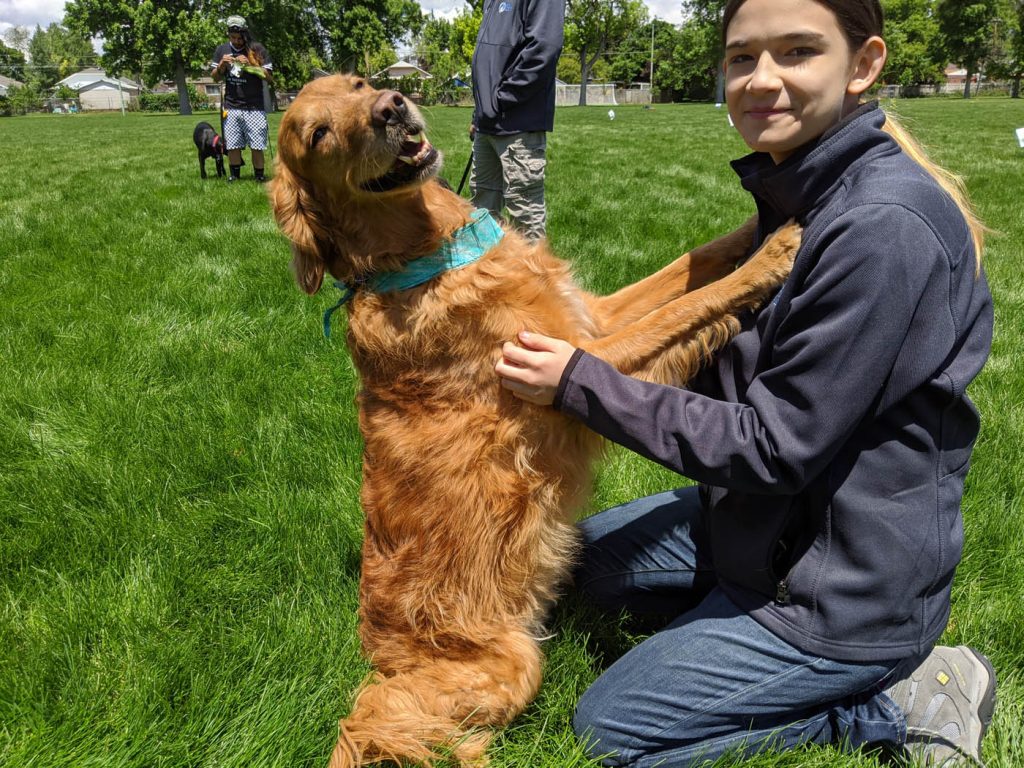Dog training for beginners can be a rewarding and fulfilling journey that strengthens the bond between you and your canine companion while ensuring that your pet becomes a well-behaved member of your household. The process begins with understanding the fundamentals of canine behavior and the importance of positive reinforcement. Dogs are social animals that thrive on consistency, so establishing a routine can help set the stage for successful training. Start with basic commands such as sit, stay, come, and down. These commands serve as the foundation for more advanced training and are essential for your dog’s safety. When teaching these commands, use clear, consistent verbal cues combined with hand signals to reinforce your communication. For instance, when teaching sit, hold a treat above your dog’s nose and slowly move it back over their head. This movement encourages them to lower their hindquarters to the ground. When they comply, reward them immediately with praise and the treat, creating a positive association with the behavior.

It is crucial to keep training sessions short and engaging, ideally around five to ten minutes, as dogs have limited attention spans. You can conduct multiple short sessions throughout the day instead of a long, drawn-out training session. Always end on a positive note, ensuring your dog feels accomplished and eager to learn more. Another vital aspect of dog training is socialization. Introducing your puppy to various environments, people, and other dogs is key to developing a well-rounded dog. Aim for controlled interactions where your dog can explore new sights, sounds, and smells without feeling overwhelmed. Gradually expose them to different situations to build their confidence and reduce anxiety in unfamiliar settings. The training center for dogs in Syracuse consistency is another pillar of effective training. Use the same commands and cues every time, and ensure that all family members are on board with the training techniques to avoid confusing the dog. Implementing a reward system is essential; treats, praise, and playtime can motivate your dog to repeat desired behaviors.
However, it is equally important to understand that not all dogs respond the same way to rewards. Some dogs may be more motivated by toys or affection than treats, so pay attention to what excites your dog the most and tailor your rewards accordingly. Moreover, patience is vital in dog training. Dogs learn at their own pace, and frustration can lead to setbacks. If your dog struggles with a particular command, take a step back and simplify the exercise. Break it down into smaller, achievable steps, and celebrate small victories to maintain motivation. Dealing with unwanted behaviors is an essential part of dog training. Common issues include jumping, barking, chewing, and digging. To address these behaviors, identify the triggers and provide an alternative behavior that you want to reinforce. For example, if your dog jumps on guests, teach them to sit when someone arrives. When they sit instead of jumping, reward them for the desired behavior.
Categories: Pets